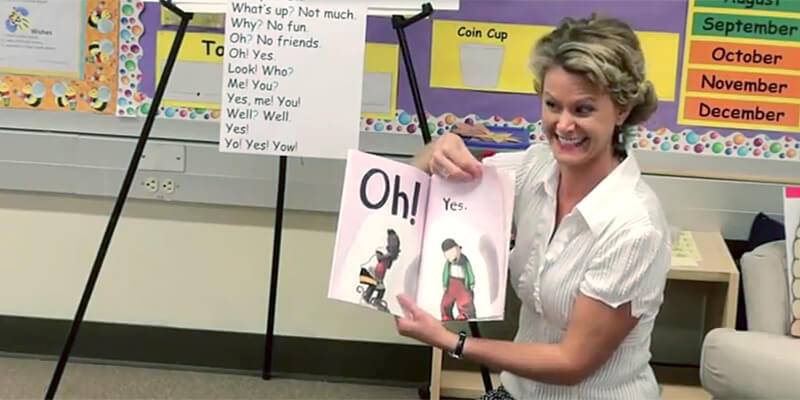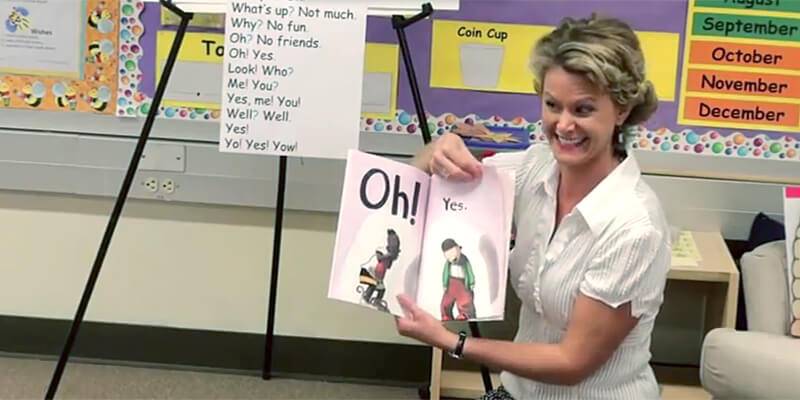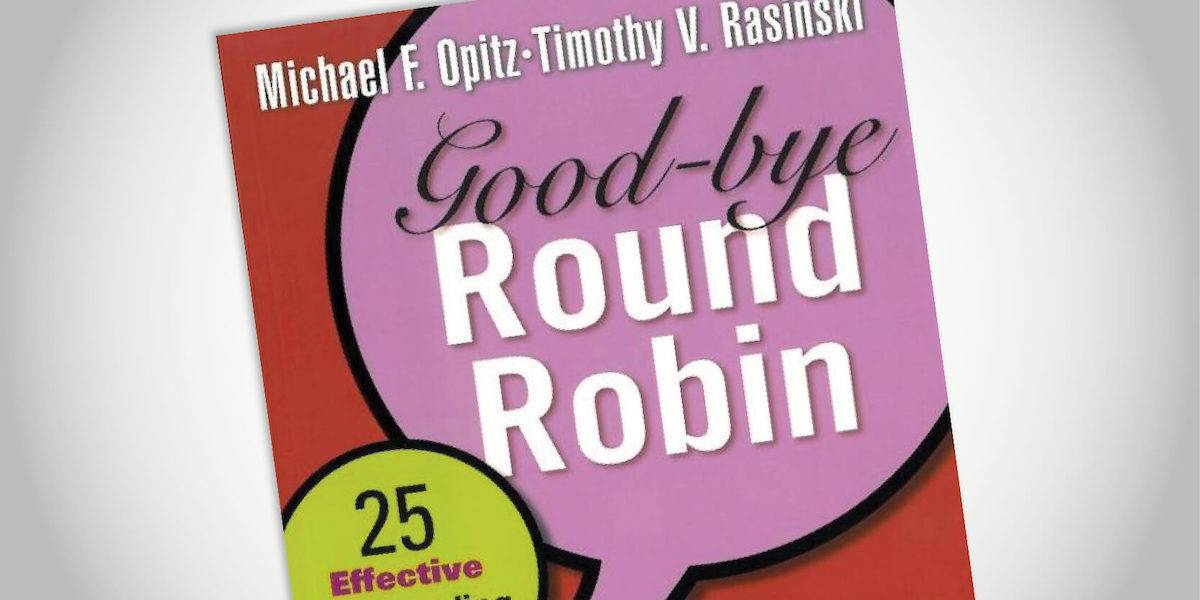Learning Center
reading
Teach reading through your Read Alouds
May 16, 2012

The Read Aloud is more than simply a means of entertaining students or a way to get through a text with the whole class at the same pace. When done well, the Read Aloud is a highly-effective teaching strategy for both fluency and comprehension.
Reveal your “Thinking Voice”
Combine your Read Aloud with a Think Aloud to target comprehension. Whether reading literature or informational text, let students hear how you process the information. Share your thoughts as you read. This demonstrates what you are thinking about while reading.
To signify the difference between your Read Aloud voice and your Think Aloud voice, change your volume. Read Aloud with all the flair and fluency you normally would, but Think Aloud in a whisper. Pause and whisper…
- To predict what you think will happen next.
- To share a connection you made with something in the text.
- To consider what something means.
- To question when something is confusing.
- To reread a section or word(s).
- To summarize what’s happened/the information learned so far.
To execute a Think Aloud within your Read Aloud, you need to decide ahead of time where to pause within the passage/piece. You need to consider what your Think Aloud comments will be. It seems like an easy task, but for strong readers, it’s often difficult to separate out all your thoughts and label them as questions, predictions, connections, visualizations, etc. We often juggle multiple thoughts simultaneously and effortlessly. So much so that we don’t even know we’re doing it anymore. Changing voices between the Read Aloud and Think Aloud requires practice.
Model strong fluency
Read alouds provide the ideal opportunity for students to hear you demonstrate reading rate and pacing, breathing and phrasing, inflection and emotion–all elements of reader fluency. With this in mind, you would never want to grab a book and just start reading aloud without doing a little preparation first. You’ll want to practice reading the text aloud and determine:
- The parts to read fast and the parts to read more slowly.
- The parts to read loudly for emphasis and the parts to read quietly in order to build suspense and interest.
- The different voices to use while reading character dialogue in literature and experts quoted within information text.
Don’t just plan to read literature/fiction. Students need to develop an ear for nonfiction, too. When reading informational text, read slower, inserting extra commas and pauses into the text. Slow down your reading rate. Model for students that you don’t read all text at the same speed. Informational text must be read more slowly, allowing time for students to digest new or difficult concepts. (TIP: It might even be helpful to make some notes and markings in your text to remind yourself of how to read different sentences during the Read Aloud.)
Plan ahead to make your Read Alouds purposeful and deliberate. (For more information, check out Lester Laminack’s Unwrapping the Read Aloud. It provides extensive guidelines and options for how to prepare and present Read Alouds.)




